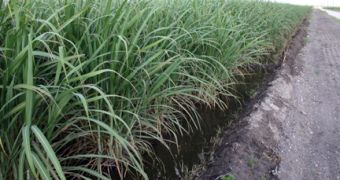Scientists have been studying biofuels and ways to extract it from biomass for years, but the search for such fuels has accelerated in the last few years as a result of US' dependency on foreign oil.
There is now an accentuated need for biofuel and new ways to produce it. Annual Meetings of the American Society of Agronomy, Crop Science Society of America and Soil Science Society of America will examine several new species, dependent on the regions that could produce biofuels.
Ethanol is one of the resulting substances, obtained from the fermentation of biomass. It is widely used by the US, blended with gasoline and regarded as a future replacer for gas. Most cars on the streets of US now run on a mix of gasoline and 10 percent ethanol, in some cities being blamed for producing higher levels of toxic compounds than regular gas.
About 20 percent of the grain sorghum is now used to produce ethanol. Dr. Bill Rooney, professor at the Texas A&M University, is currently developing sorghum varieties for bioenergy. The best biofuel sources depend on the environment, growing season, fertility and water availability, stress resistance and the processing techniques.
The highest ranked crop for biomass production is sugarcane, that could be a key component of the biomass supply. The most efficient way of producing ethanol is not to extract it from grains, but to obtain it from the processing of the sugar, resulted from the processing of the sugarcane. Such extraction techniques have brought energy independence to countries such as Brazil, where the production of ethanol from sugarcane is well established.
Though there is no deadline to the development of biofuel processing, there is still an acute need for biofuel, increased by the cost of oil that has reached unimaginable levels in the last few years and the ever increasing concern for the environmental issues which remain mostly unsolved.

 14 DAY TRIAL //
14 DAY TRIAL //